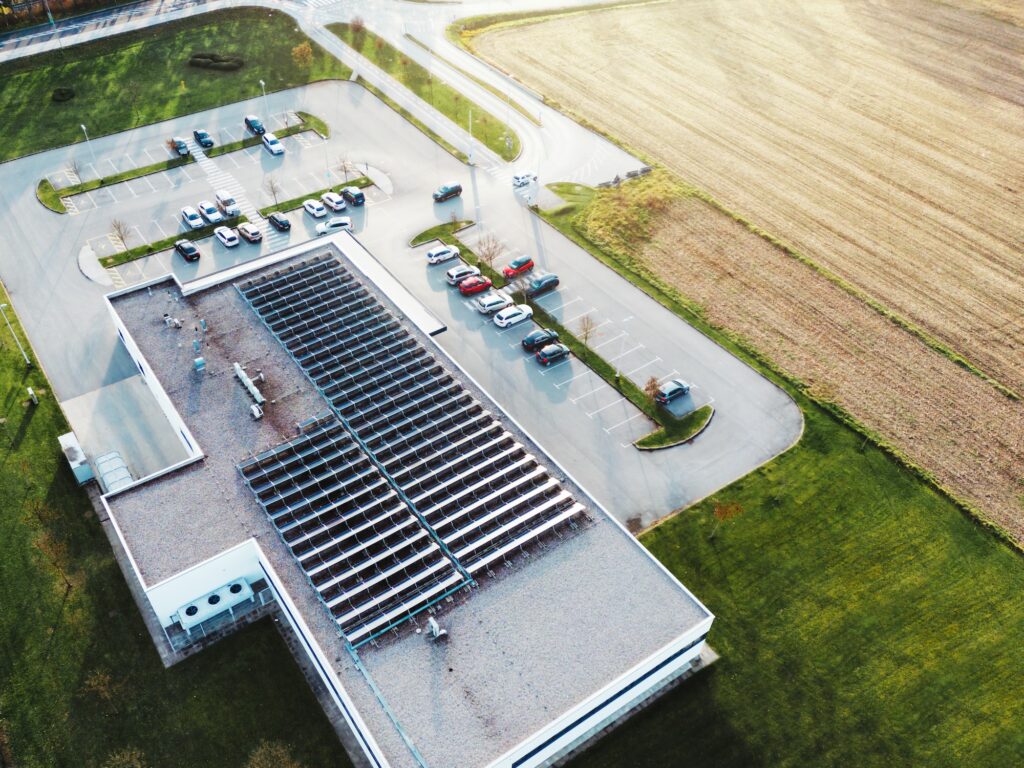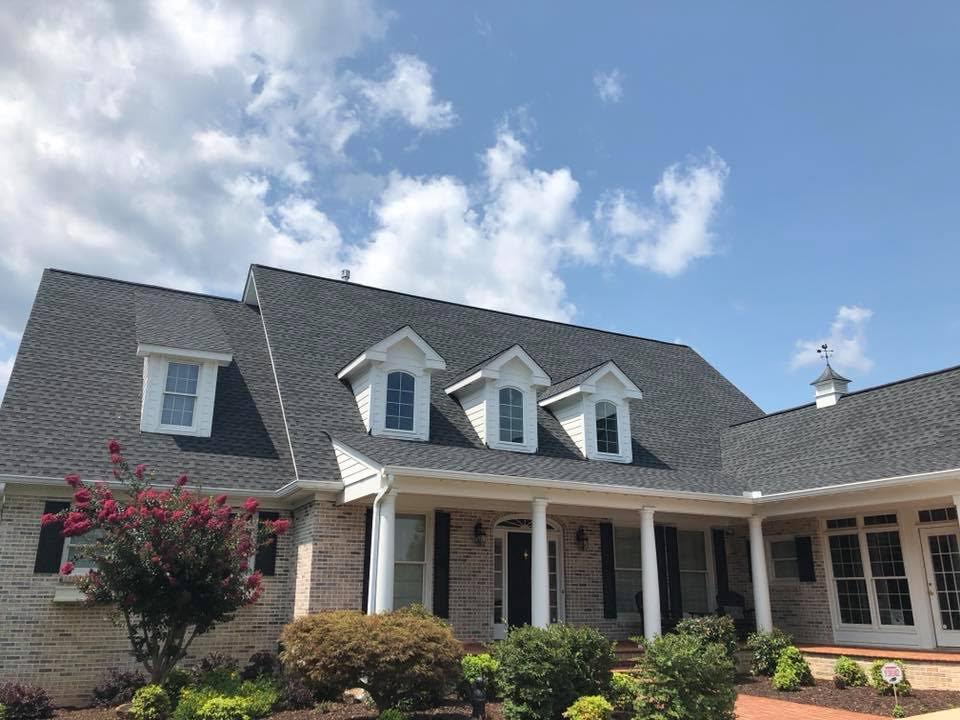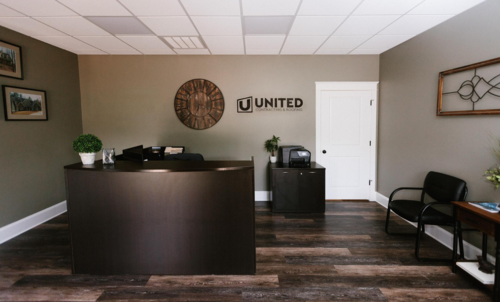TPO (Thermoplastic Olefin) retrofit roofing is a contemporary, cost-effective solution gaining prominence in commercial roofing systems. At United Contracting & Roofing LLC in Greenville, SC, we recognize the benefits of TPO retrofit roofing for enhancing the durability and energy efficiency of commercial buildings.
What is TPO Retrofit Roofing?
TPO retrofit roofing involves installing a TPO membrane over an existing roof structure, eliminating the need for a full tear-off. This method is popular for its cost-effectiveness, ease of installation, and durability. TPO is a single-ply roofing membrane known for its reflective properties, UV resistance, and chemical resistance, making it a sustainable option for flat or low-slope roofs.
Key Benefits of TPO Retrofit Roofing
- Cost-Effective Installation: Installing TPO over an existing roof reduces labor and material costs associated with a complete tear-off.
- Durability: TPO membranes are resistant to UV rays, chemicals, and punctures, ensuring a long-lasting roofing solution.
- Energy Efficiency: The reflective properties of TPO help reduce heat absorption, lowering cooling costs and improving energy efficiency.
- Lightweight: TPO is a lightweight material that places less stress on the building’s structure.
- Ease of Installation: The installation process is relatively quick, minimizing disruptions to business operations.
- Versatility: Suitable for various building types, including commercial, industrial, and institutional structures with flat or low-slope roofs.
- Resistance to Mold and Algae: TPO is resistant to mold and algae growth, reducing the need for frequent maintenance.
- Recyclability: TPO is a recyclable material, contributing to environmental sustainability.
- Weldable Seams: Heat-weldable seams create strong, watertight seals, enhancing the roof’s waterproofing capability.
- Warranty Options: Many manufacturers offer warranty options, providing peace of mind regarding the roofing system’s performance and longevity.
Where is TPO Retrofit Roofing Most Commonly Used?
TPO retrofit roofing is suitable for various types of buildings, particularly those with existing roofs needing replacement or improvement. Common applications include:
- Commercial Buildings: Office buildings, retail spaces, shopping centers, and warehouses.
- Industrial Facilities: Manufacturing plants and warehouses benefit from TPO’s durability and chemical resistance.
- Institutional Buildings: Schools, hospitals, and government facilities.
- Flat and Low-Slope Roofs: TPO membranes are ideal for these roof designs.
- Large Roofing Areas: Buildings with extensive roofing areas prioritize cost-effectiveness and quick installation.
- Energy-Efficient Projects: Buildings aiming to improve energy performance due to TPO’s reflective properties.
Considerations for TPO Retrofit Roofing
Before embarking on a TPO retrofit roofing project, assessing the existing roof’s condition and consulting with roofing professionals is essential. Factors to consider include:
- Existing Roof Condition: Ensure the current roof can support a retrofit without needing a complete tear-off.
- Climate Considerations: Assess how TPO will perform in the local climate.
- Building Requirements: Determine if TPO retrofit roofing meets the specific needs and long-term considerations of the building.
Conclusion
TPO retrofit roofing offers a durable, energy-efficient, and cost-effective solution for commercial buildings. By installing TPO over an existing roof, building owners can save on labor and materials while enhancing their roof’s performance and lifespan. For professional TPO retrofit roofing services, contact United Contracting & Roofing LLC for expert advice and installation.If you want to know more about Achieving Energy Efficiency Through Your Roofing System, click here.








